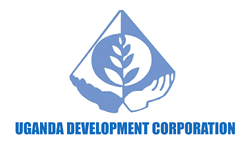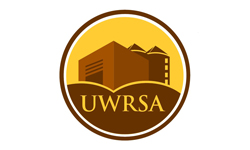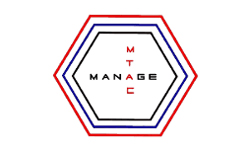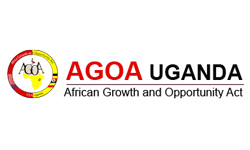Uganda Exports Set to Grow by 50% after COMESA Ratification
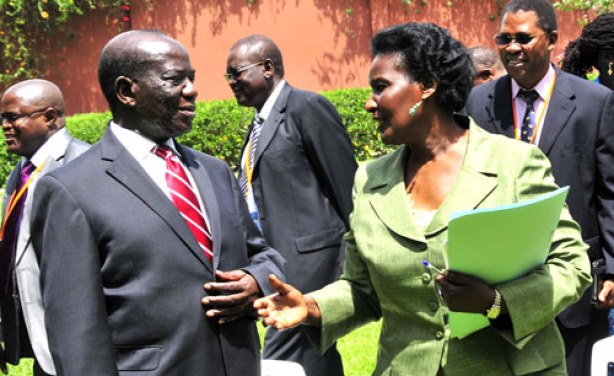
Uganda is set to enjoy a 50% increase in export revenues after Cabinet yesterday approved a recommendation by the minister of trade for Uganda to join the COMESA free trade area (FTA).
The decision effectively makes Uganda the 15th COMESA FTA member and opens up the opportunity for increased trade competitiveness mainly through increased earnings from exports.
Trade minister Amelia Kyambadde last week said that with the ascension to the 19 member trade bloc FTA, exports are expected to grow by an average of 50% annually.
“In the COMESA region, DRC is Uganda’s second largest market after southern Sudan at over $350m larger than Kenya (about $250m) and they are working on their assention (which means if DRC joins, more trade for Uganda),” said Silver Ojakol, commissioner for external trade in the ministry of trade, industry and cooperatives.
Uganda had delayed to join the FTA because of revenue considerations like taxes levied on imports but experts said the benefits from the accessing a free trade area under COMESA are huge.
“Besides we are now moving towards consolidating domestic taxes,” said a senior trade official.
The 15 COMESA FTA states are Uganda, Libya, Egypt, Sudan, Kenya, Rwanda, Burundi, Mauritius, Comoros, Zimbabwe, Zambia, Djibouti, Madagascar, Mauritius and Malawi.
Joining the FTA means the tariff imposed on majority of imports and exports between Uganda and other COMESA states will drop to 0% from 2% compared to what is levied (10%) on goods from states like China.
“If we don’t join, the competitiveness of our goods will reduce, imports from other COMESA countries will also be at zero tariffs but this is not for everything,” said
Silver Ojakol, the commissioner for external trade in ministry of trade, industry and cooperatives. Ojakol explained that there remains a separate list of “sensitive goods” like sugar, rice and agriculture products which Uganda will not completely open up to.
Joining the FTA will open up several benefits especially for value added agriculture products.
“We have the lowest cost of production in agriculture, we are also closer to these people (DRC, Rwanda, Burundi, South Sudan than a manufacturer say from Kenya and this lead time gives us an advantage,” said Ojakol.
It will also allow local industries import some industrial imports cheaply as is the case with countries like Kenya who have always sourced industrial inputs under COMESA cheaply, affording them a more competitive edge.
Under the FTA, each country will then apply the rule of reciprocity where it charges anything from 2%, 4% or 6% upwards on imports for mainly intermediate goods-goods used as inputs in the production of other goods.
The bonus to joining the FTA comes alongside side regional trade figures that indicate that Uganda’s total exports to COMESA have almost tripled rising from $248.6m in 2005 to $712.9m in 2010.
But the positive statistics from Uganda Bureau of Statistics is that in 2007 exports to COMESA were valued at $998m-higher than imports valued at $614m. This was a turning point because it was the first time Uganda posted a positive trade balance with the COMESA bloc.
It meant that Uganda’s exports to COMESA countries rose from 30.58% in 2005 to 46.53% in 2010.
These statistics released ahead of the COMESA summit that opens in Kampala this week is another strong indicator of how Africa is slowly turning the page amidst a shrinking global economy perched mainly by slow growth in both Europe and America and sometimes the real feeling of a total recession in the west.
The IMF projects that after China (8.2%), sub-Saharan Africa including Uganda will post the highest GDP growth of 5.7% in 2013 which indicates a strong rebound to the about 3.2% 2012 growth.
This GDP growth which captures the total output of all the economic activities of a country indicates a real boom for a global economy that will post as low as 0.2% in Europe and 2.1% in USA. The global average will be 3.6%.
Ssentamu Ahmed, a maize dealer in Kampala who has found new market with the improving infrastructure in Lake Victoria has increased the size of his exports using the refurbished MV Kaawa ship from Port Bell to Mwanza in Tanzania.
Ssentamu’s chances are on the rise as Uganda’s trade minister Amelia Kyambadde confirmed that one of the biggest opportunities from COMESA is the raising of the tax threshold to $2,000 for cross border trade. This means small traders and businesses operating along the border can carry goods worth upto $2,000 tax free across the borders.
The theme of the COMESA summit “Promoting intra COMESA Trade Through Micro, Small and Medium Enterprise Development” if translated into action will open more doors.
This is because micro businesses account for 70% of total number of businesses, according to UBOS while small businesses account for 20% while large business account for 1%.
“The target really should be formalising and turning these businesses into large, formal tax paying entities,” said one analyst.
The benefits will be more if COMESA transitions into a customs union which means more relaxed tax regimes and policies. A customs union creates a preferential market for all the companies and cooperates operating within the bloc which makes trading in the region more attractive.
“The bigger aim is to promote regional industry and cooperations by keeping focused,” said Ojakol.
Sad statistics/challenge
The sad statistics is that Uganda’s imports from the rest of the world outside COMESA have more than doubled rising from $2b to $4.6 billion while imports from COMESA have risen slightly from $556m to $586.9m.
This therefore means that Uganda must strengthen its industrial base and value addition of the agriculture sector to satisfy the growing local and global consumption demand but also to fetch higher value.
As the main destination for foreign direct investment in the region, FDI inflows averaged $167.5m between 2007 and 2009. Major sources of investment are from Kenya and, Mauritius and Rwanda.
Unstable Great Lakes especially Democratic Republic of Congo (DRC) also creates uncertainty. The other is the non-tariff barrier of poor transport infrastructure.
Source: https://www.newvision.co.ug/new_vision/news/1310185/uganda-exports-set-grow-comesa-ratification

